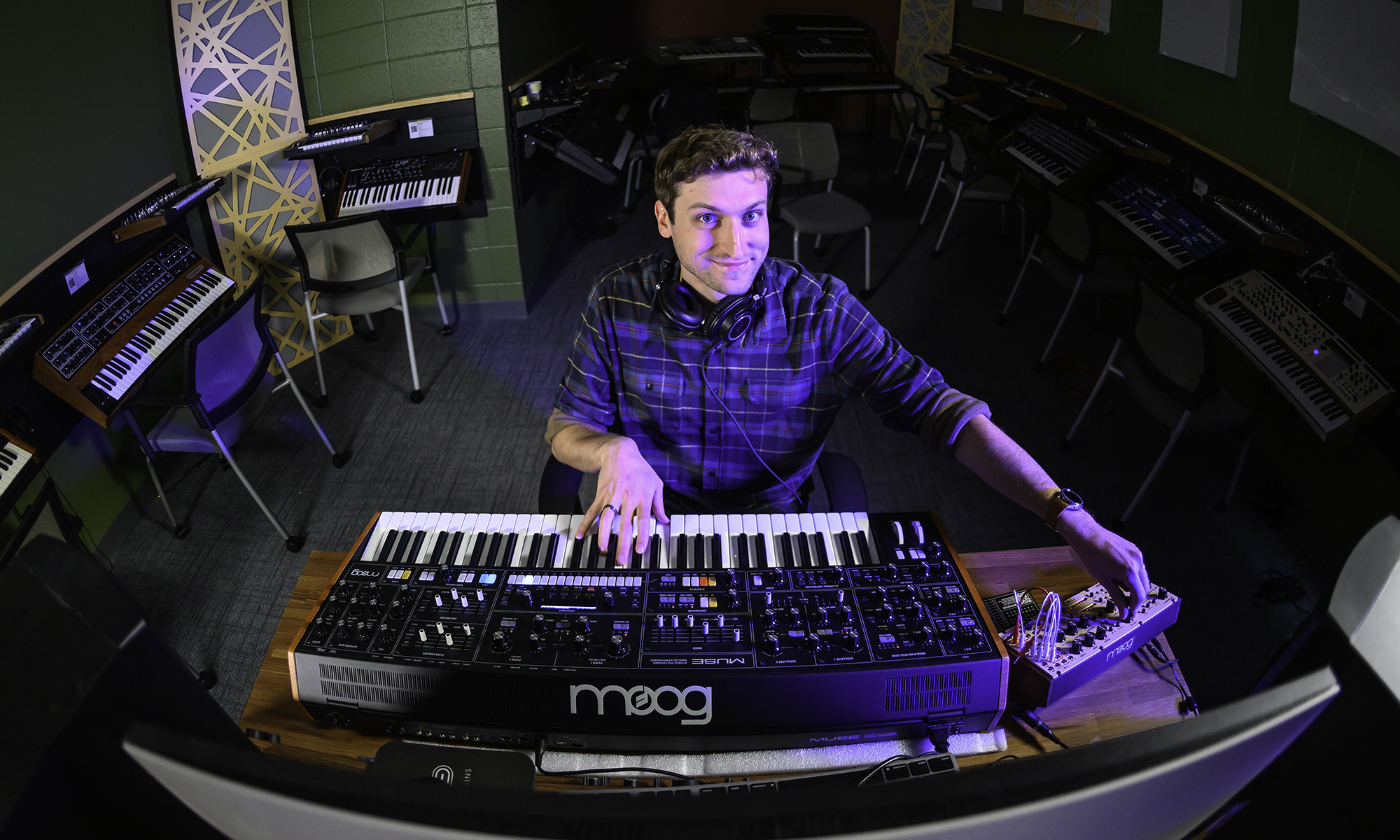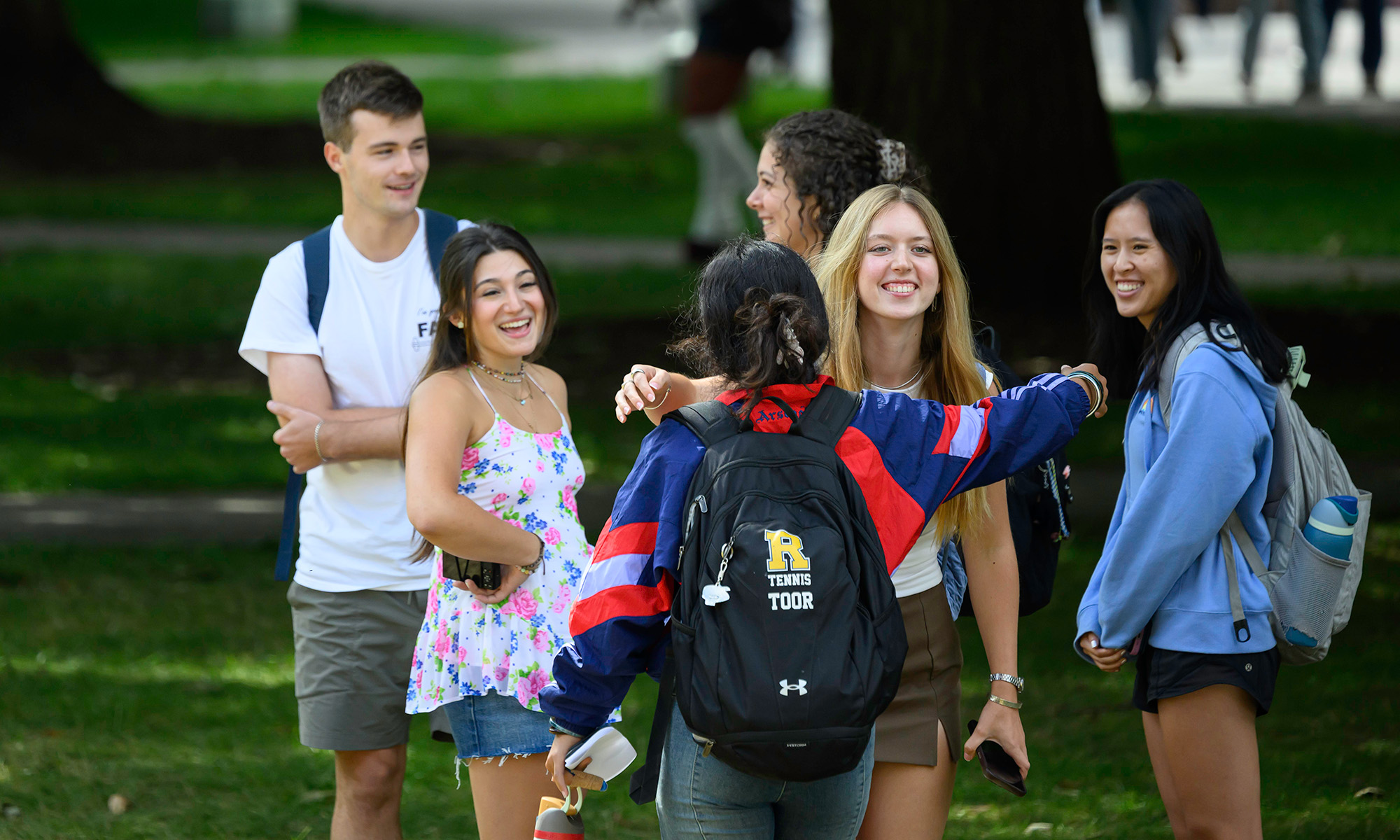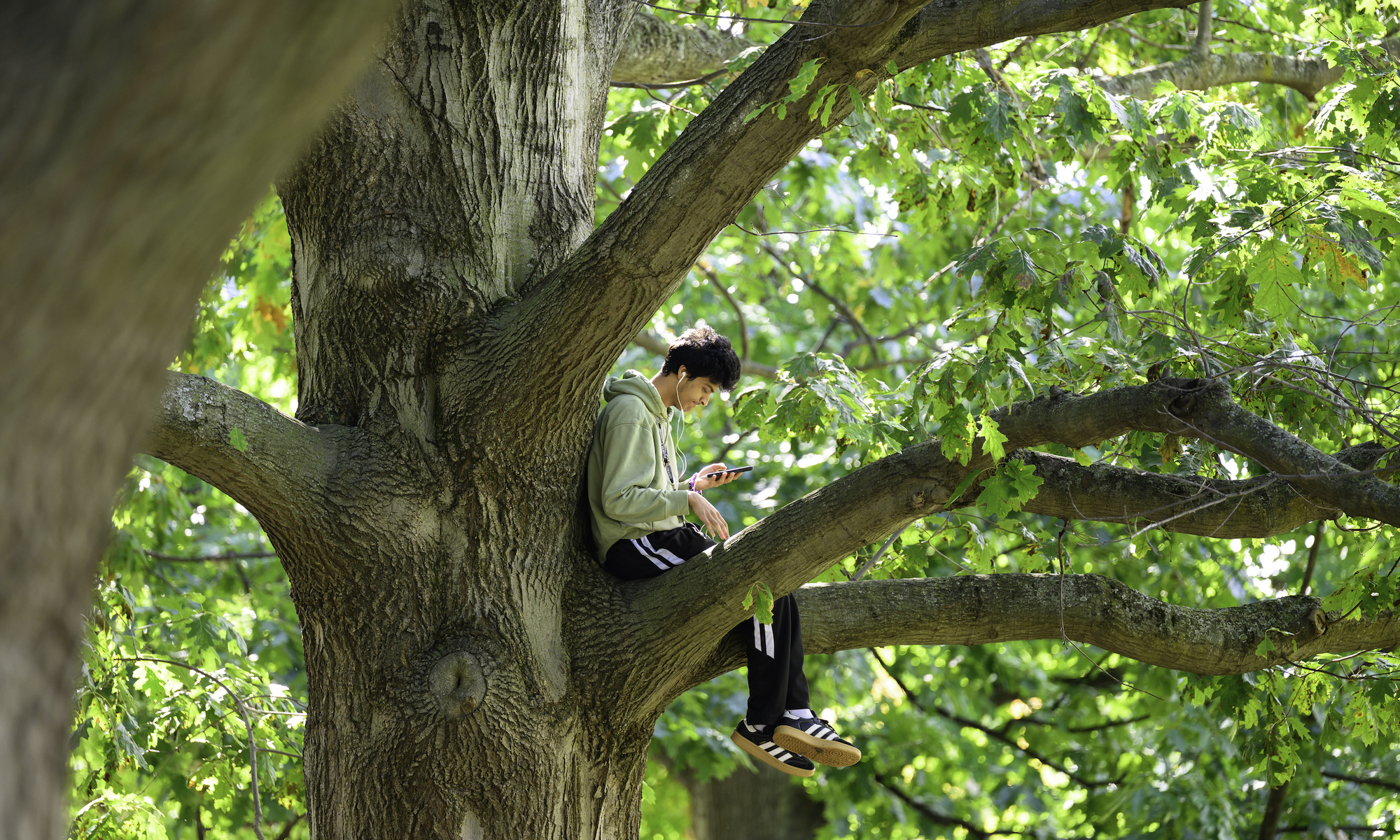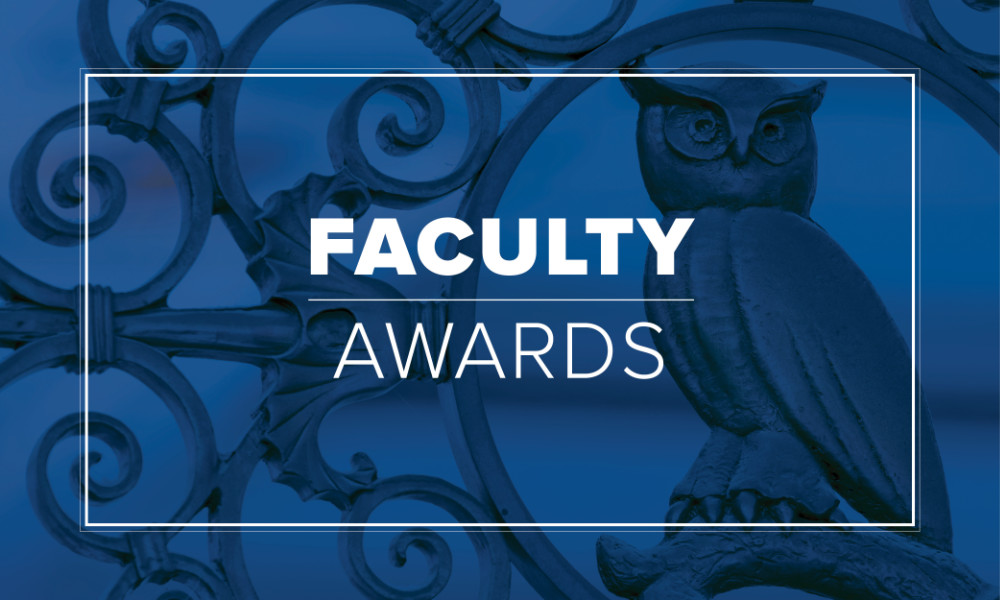
Campus Life
Rick Carl ’19, ’20 (MS): Blending creativity and engineering in synthesizer design
The synthesizers Rick Carl ’19, ’20 (MS) created for Moog Music Inc. are part of a new cutting-edge lab at URochester.

URochester researchers use specially designed kayaks to collect real-time data on the methane and carbon dioxide emissions of local waterways.










